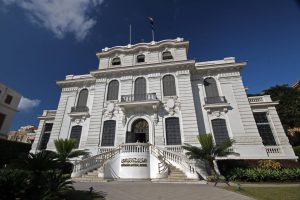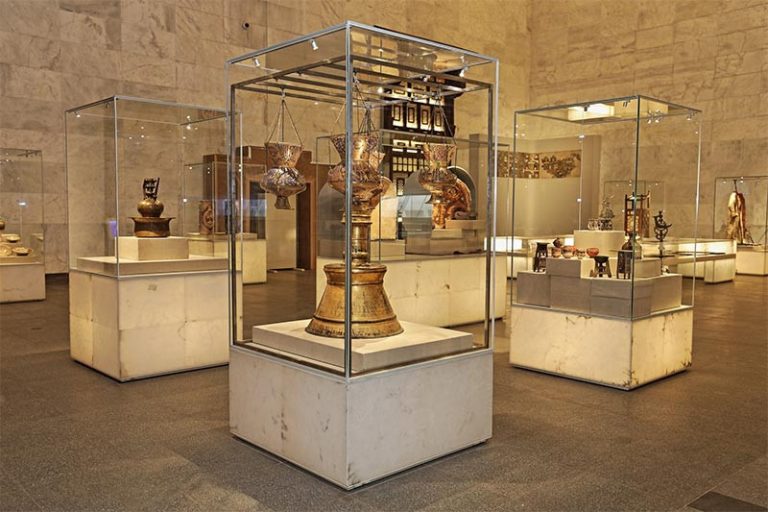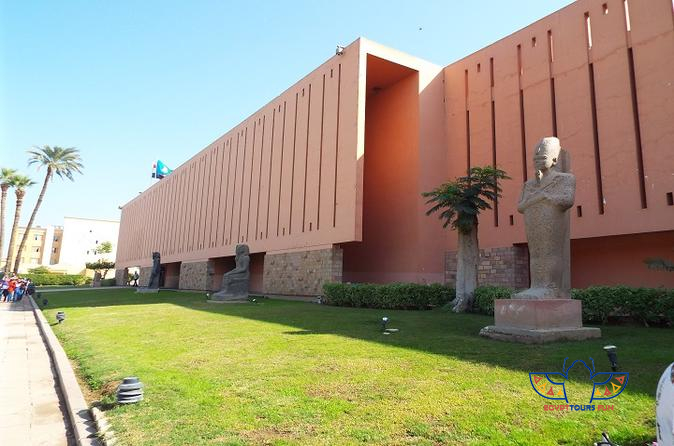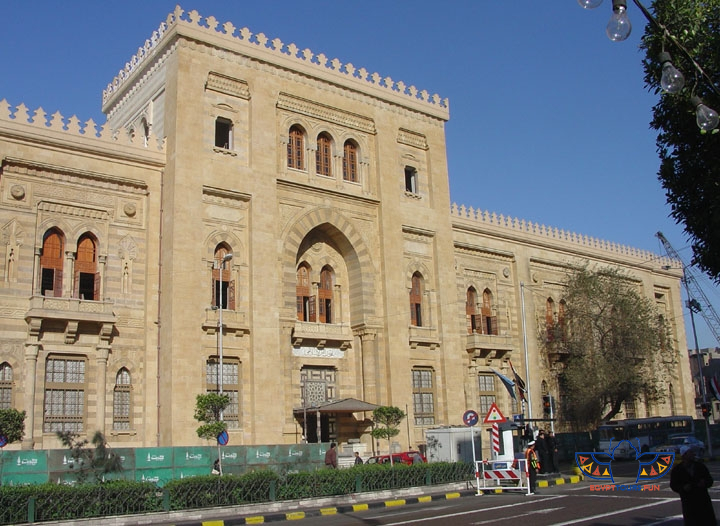The Alexandria National Museum: A Gateway to Egypt’s Rich History and Cultural Heritage
 The Alexandria National Museum, located in the heart of Egypt’s Mediterranean gem, is a treasure trove of artifacts that tell the story of Alexandria’s illustrious past. Housed in a beautifully restored Italian-style palace, the museum offers visitors a journey through thousands of years of history, from the Pharaonic era to the Greco-Roman period and beyond. This article provides a detailed overview of the Alexandria National Museum, its history, collections, and significance, targeting the most important keywords for Google Search.
The Alexandria National Museum, located in the heart of Egypt’s Mediterranean gem, is a treasure trove of artifacts that tell the story of Alexandria’s illustrious past. Housed in a beautifully restored Italian-style palace, the museum offers visitors a journey through thousands of years of history, from the Pharaonic era to the Greco-Roman period and beyond. This article provides a detailed overview of the Alexandria National Museum, its history, collections, and significance, targeting the most important keywords for Google Search.
1. Overview of the Alexandria National Museum
Location and Setting
Location: Situated in the Smouha district of Alexandria, the museum is easily accessible from the city center and major tourist attractions.
Building: The museum is housed in a historic Italian-style palace built in 1926, which was once the home of a wealthy Egyptian merchant.
Mission and Vision
The museum aims to preserve and showcase Alexandria’s rich cultural heritage, offering visitors a comprehensive understanding of the city’s history and its role in shaping Egyptian civilization.
2. History of the Museum
From Palace to Museum
Original Use: The building served as a private residence until it was purchased by the Egyptian government in the 1990s.
Transformation: The palace was meticulously restored and converted into a museum, which opened to the public in 2003.
Architectural Features
Design: The building features Italian Renaissance architecture, with ornate details, grand staircases, and spacious halls.
Restoration: The restoration process preserved the palace’s original charm while adapting it to modern museum standards.
3. Collections and Exhibits
Pharaonic Era
Artifacts: The museum’s ground floor is dedicated to ancient Egypt, featuring statues, jewelry, and tools from the Pharaonic period.
Highlights: A replica of the Tutankhamun’s golden mask and artifacts from the Valley of the Kings.
Greco-Roman Period
Artifacts: The first floor showcases Alexandria’s golden age under Greek and Roman rule, including statues, pottery, and coins.
Highlights: Statues of Alexander the Great and Cleopatra, as well as mosaics and sarcophagi.
Byzantine and Islamic Eras
Artifacts: The second floor focuses on the Byzantine and Islamic periods, with exhibits of religious artifacts, manuscripts, and textiles.
Highlights: Rare Coptic icons and Islamic calligraphy.
Modern Alexandria
Artifacts: The museum also includes exhibits on modern Alexandria, highlighting its cultural and economic development.
Highlights: Photographs, documents, and personal items from prominent Alexandrian figures.
4. Significance and Impact
Cultural Importance
The Alexandria National Museum is a vital institution for preserving and promoting the city’s diverse cultural heritage.
It serves as an educational resource for locals and tourists, offering insights into Alexandria’s role in Egyptian and world history.
Tourism and Economy
The museum is a key attraction in Alexandria, drawing visitors from around the world and contributing to the city’s tourism industry.
It complements other historical sites in Alexandria, such as the Bibliotheca Alexandrina and the Catacombs of Kom El Shoqafa.
5. Visiting the Alexandria National Museum
Location and Accessibility
The museum is located at 110 El Horreya Road, in the Smouha district, and is easily accessible by car or public transport.
Tickets and Hours
Tickets: Affordable entry fees, with discounts for students and groups.
Hours: Open daily from 9:00 AM to 5:00 PM, except on public holidays.
Guided Tours
Professional guides are available to provide detailed explanations of the exhibits and their historical context.




